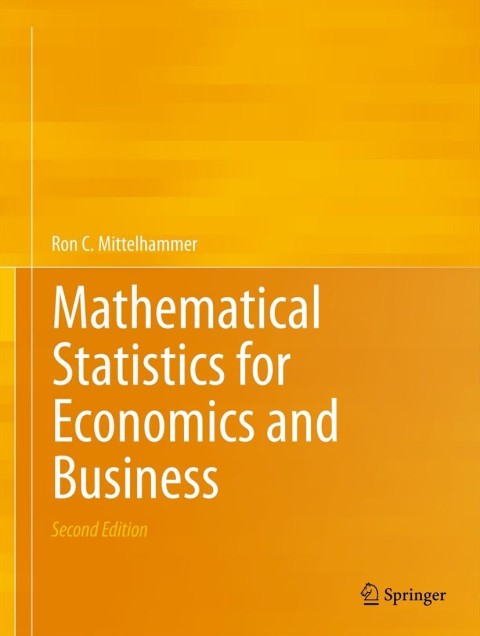A small rural bank has two branches located in neighboring towns in eastern Washington. The numbers of
Question:
A small rural bank has two branches located in neighboring towns in eastern Washington. The numbers of certificates of deposit that are sold at the branch in Tekoa and the branch in Oakesdale in any given week can be viewed as the outcome of the bivariate random variable \((X, Y)\) having joint probability density function
\(f(x, y)=\left[\frac{x^{3} y^{3}}{(3,025)^{2}}ight] I_{(0,1,2, \ldots, 10)}(x) I_{(0,1,2, \ldots, 10)}(y)\).
(a) Are the random variables independent?
(b) What is the expected number of certificate sales by the Oakesdale Branch?
(c) What is the expected number of combined certificate sales for both branches?
(d) What is the answer to
b) given that Tekoa branch sells four certificates?
Potentially helpful result:
\(\sum_{x=1}^{n} x^{3}=\frac{n^{2}(n+1)^{2}}{4}\).
Step by Step Answer:

Mathematical Statistics For Economics And Business
ISBN: 9781461450221
2nd Edition
Authors: Ron C.Mittelhammer





